Home>Garden Essentials>How To Create An Indoor Vertical Garden
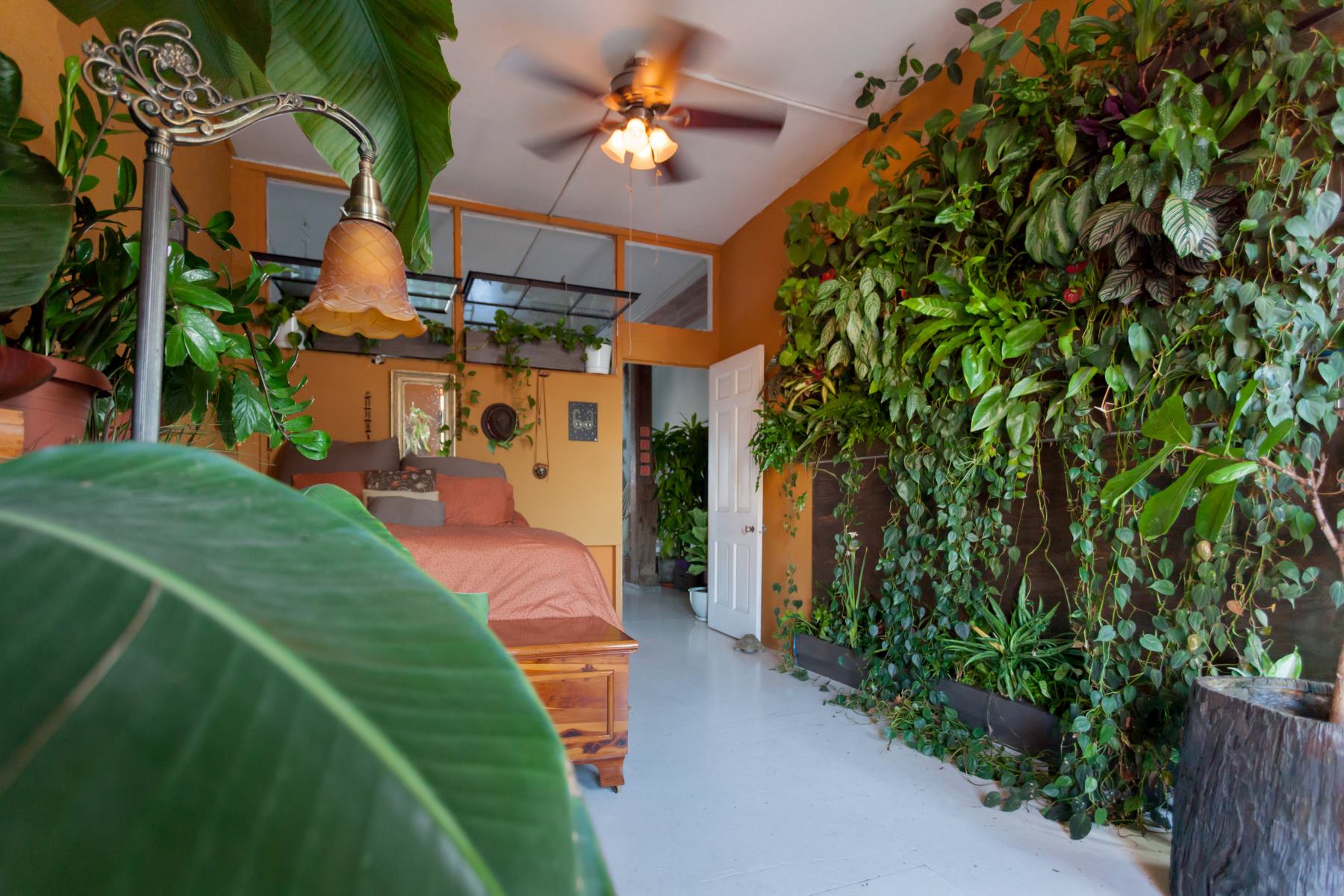

Garden Essentials
How To Create An Indoor Vertical Garden
Modified: March 16, 2024
Learn how to create an indoor vertical garden and transform your space with our step-by-step guide. Discover the beauty and benefits of a garden at your fingertips.
(Many of the links in this article redirect to a specific reviewed product. Your purchase of these products through affiliate links helps to generate commission for Storables.com, at no extra cost. Learn more)
Introduction
Welcome to the world of indoor gardening! In recent years, indoor vertical gardens have gained immense popularity among gardening enthusiasts. These innovative and space-saving gardens are not only visually appealing but also offer a wide range of benefits for both the environment and our overall well-being. Whether you have a small apartment or a spacious home, creating an indoor vertical garden is a fantastic way to bring nature indoors and add a touch of greenery to your living space.
In this article, we will explore the wonderful world of indoor vertical gardens. We will dive into the numerous benefits they offer, discuss how to choose the right location for your garden, explore different plant options, guide you through building the structure, installing an irrigation system, and provide tips on maintenance and troubleshooting common issues. By the end of this article, you’ll have all the knowledge you need to create your very own indoor vertical garden and enjoy the beauty and benefits it brings.
So why choose an indoor vertical garden? One of the major benefits is their space-saving nature. Traditional gardens require ample floor space, but vertical gardens utilize the vertical space in your home. This is particularly advantageous for urban dwellers with limited square footage. You can create a stunning, living green wall that takes up minimal floor space. Imagine having a beautiful garden in your living room or kitchen, bringing a sense of nature and tranquility into your daily life.
Another advantage of indoor vertical gardens is the ability to better utilize natural light. By positioning your plants vertically, you can maximize sunlight exposure and ensure all your plants receive adequate light. This is crucial for their growth and health. Additionally, vertical gardens help purify the air, creating a cleaner and healthier living environment.
Moreover, indoor vertical gardens allow you to have a diverse range of plants in a compact space. You can grow a variety of herbs, flowers, or even small vegetables that will not only enhance your interior decor but also provide you with fresh and organic produce. It’s like having your own mini garden right in your home!
Now that you’re aware of the amazing benefits of indoor vertical gardens, let’s move on and dive deeper into creating your own little green haven.
Key Takeaways:
- Indoor vertical gardens are space-saving, visually stunning, and provide fresh produce. They offer a therapeutic and eco-friendly way to bring nature into your home, promoting a healthier and more vibrant living environment.
- Choosing the right plants, location, and maintenance are crucial for a thriving indoor vertical garden. With proper care and attention, you can create a beautiful and sustainable green oasis that enhances your home and well-being.
Read more: How To Create An Indoor Garden
Benefits of Indoor Vertical Gardens
Indoor vertical gardens offer a plethora of benefits, making them an excellent choice for any garden enthusiast. Here are some of the major advantages:
- Space-saving: One of the standout advantages of vertical gardens is their ability to maximize space utilization. Traditional gardens require horizontal space, but vertical gardens utilize vertical space, making them perfect for those with limited square footage. Whether you have a small apartment, balcony, or even just a narrow wall, you can create a stunning vertical garden that adds beauty to your space without taking up valuable floor area.
- Aesthetically pleasing: Indoor vertical gardens are visually stunning and can transform dull walls into vibrant, living works of art. They add color, texture, and a sense of serenity to any space. Whether you choose to create a lush green wall or a combination of flowers and foliage, an indoor vertical garden will become a focal point and conversation starter in your home.
- Air purification: Vertical gardens are incredibly effective at purifying the air indoors. They act as natural air filters, absorbing harmful pollutants and releasing oxygen into the environment. This improves the air quality in your home and promotes a healthier living environment for you and your family.
- Improved well-being: Being surrounded by nature has numerous benefits for our overall well-being. Indoor vertical gardens allow you to bring greenery and nature indoors, even if you have limited outdoor space. Studies have shown that being in the presence of plants can reduce stress levels, increase productivity, and promote a sense of calm and relaxation.
- Fresh and organic produce: With an indoor vertical garden, you can grow your own fresh herbs, vegetables, and fruits. This gives you the opportunity to have a constant supply of organic produce right at your fingertips. Imagine picking fresh herbs to add to your meals or plucking ripe tomatoes from your vertical garden whenever you need them.
- Eco-friendly: Indoor vertical gardens contribute to a greener and more sustainable environment. They promote biodiversity by providing a habitat for beneficial insects and birds. Additionally, by growing your own food, you reduce the need for transportation and packaging, reducing your carbon footprint.
- Therapeutic benefits: Gardening has been proven to have therapeutic benefits, both physically and mentally. Tending to your indoor vertical garden can be a great stress-reliever and a way to connect with nature. It provides a sense of accomplishment and fulfillment as you watch your plants thrive and grow.
These are just a few of the many benefits that indoor vertical gardens offer. Whether you’re a seasoned gardener or a beginner, creating an indoor vertical garden is a rewarding and enjoyable experience that brings numerous advantages to your home and lifestyle.
Choosing the Right Location for Your Indoor Vertical Garden
When it comes to creating an indoor vertical garden, choosing the right location is crucial for the success of your plants. Here are some factors to consider when selecting the perfect spot for your green oasis:
- Sunlight: Most plants require adequate sunlight for proper growth and development. Observe the lighting conditions in different areas of your home and choose a spot that receives sufficient sunlight. South-facing windows tend to provide the most sunlight, while north-facing windows receive less direct sunlight. East-facing windows receive morning sun, while west-facing windows receive afternoon sun. Consider the lighting needs of your chosen plants and select a location accordingly.
- Space: Measure the available space in your home and choose a spot that can accommodate your indoor vertical garden. Consider the height and width of the area to ensure that the structure can be properly installed and that there is enough room for the plants to grow and flourish.
- Temperature: Different plants have varying temperature requirements. Some plants thrive in warmer conditions, while others prefer cooler temperatures. Take note of the temperature fluctuations in the chosen location throughout the day and ensure that it falls within the suitable range for your plants.
- Air circulation: Good air circulation is important for preventing the buildup of moisture and reducing the risk of disease or mold. Choose a location that allows for proper ventilation. Avoid placing your indoor vertical garden in areas with stagnant air, such as tight corners or isolated rooms.
- Accessibility: Consider how easily accessible the chosen location is for watering, pruning, and maintenance. You’ll want to be able to reach your plants easily without any obstacles or difficulty.
- Interior decor: Your indoor vertical garden should complement your interior decor and enhance the overall aesthetic of your home. Choose a location that allows the greenery to blend harmoniously with the existing furniture, color palette, and design elements.
It’s essential to carefully assess the different factors mentioned above before finalizing the location for your indoor vertical garden. By choosing the right spot, you set the foundation for a successful and thriving green space that will bring beauty and joy to your home.
Selecting the Right Plants for Your Indoor Vertical Garden
Choosing the right plants for your indoor vertical garden is crucial for its success. Here are some important factors to consider when selecting the plants:
- Light requirements: Different plants have different light requirements. Assess the lighting conditions in your chosen location and select plants that can thrive in the available light. Some plants, like succulents and cacti, thrive in bright, direct sunlight, while others, such as ferns and snake plants, can tolerate lower light levels.
- Space availability: Consider the available space and the size of the plants. Some plants, like herbs and lettuces, have compact root systems and can be grown in smaller containers. Other plants, like vining plants or larger tropical plants, require more vertical space or trellises for support.
- Watering needs: Assess your ability to provide the necessary watering routine for the plants you choose. Some plants, like succulents, have low water requirements, while others, like ferns or tropical plants, need consistently moist soil.
- Maintenance: Consider the level of maintenance required for the plants. Some plants are more forgiving and require minimal care, while others may need regular pruning, feeding, or repotting. Choose plants that align with your available time and gardening skills.
- Personal preference: Select plants that you personally enjoy and resonate with. Consider colors, textures, and scents that bring you joy and align with your aesthetic preferences.
- Indoor suitability: Ensure that the plants you choose are suitable for indoor growing. Some outdoor plants may struggle to adapt to the indoor environment, while others thrive indoors. Research the specific needs and conditions required for each plant to ensure success.
When designing your indoor vertical garden, strive for a good mix of plants to create visual interest and balance. Consider incorporating a combination of trailing plants, such as pothos or ivy, to add a cascading effect, along with upright plants like spider plants or peace lilies to add height and structure. Herbs like basil, mint, or thyme are also great additions to your vertical garden, as they not only look beautiful but can also be harvested for culinary purposes.
Additionally, consider the overall aesthetics and color scheme of your indoor space. Choose plants with foliage or flowers that complement your interior decor and create a cohesive look.
Remember to regularly assess the health and growth of your plants and make adjustments if needed. Some plants may need to be pruned or replaced as they grow or if they struggle to adapt to the indoor environment.
By carefully selecting the right plants for your indoor vertical garden, you’ll create a vibrant and thriving green space that brings beauty and joy to your home.
Building the Vertical Garden Structure
Once you have chosen the location and selected the plants for your indoor vertical garden, it’s time to build the structure that will support the plants and create a stunning display. Here are some steps to guide you through the process:
- Plan and measure: Start by planning the design and size of your vertical garden. Measure the available space and determine the dimensions of the structure. Take into account the number of plants you wish to include and how much space each plant will need to thrive.
- Choose the material: Consider the material options for your vertical garden structure. It can be made of various materials such as wood, metal, plastic, or even repurposed materials like pallets. Choose a material that is durable, weather-resistant, and suits your aesthetic preferences.
- Construct the frame: Begin by constructing the frame of your vertical garden. Cut or assemble the pieces according to your measurements and design. Ensure the structure is sturdy and able to support the weight of the plants and soil.
- Add planting pockets: Create planting pockets or containers within the frame for each plant. These pockets can be made using fabric, felt, or even PVC pipes. Ensure each pocket has proper drainage to prevent waterlogging.
- Secure the structure: Once the planting pockets are in place, secure the structure to the wall or mount it using appropriate hardware. Make sure it is firmly anchored to prevent any accidents or damage.
- Consider irrigation: Depending on the size of your vertical garden and the needs of your plants, you may want to consider installing an irrigation system. This can be as simple as a drip irrigation system or a self-watering system. It will help ensure that your plants receive the right amount of water and reduce the maintenance required.
- Planting: Finally, it’s time to plant your chosen plants in their designated pockets. Be careful not to overcrowd the pockets, as this can lead to poor air circulation and hinder plant growth. Gently place the plants into the pockets, filling in with additional soil as needed.
As you build your vertical garden structure, remember to consider the weight distribution and ensure that it is secure and stable. If you are uncertain about building the structure yourself, there are pre-made vertical garden systems available in the market that can be easily assembled and installed.
Once your vertical garden structure is in place and the plants are securely planted, step back and admire your creation. It’s a beautiful and practical way to display your indoor plants and create a unique piece of living art within your home.
When creating an indoor vertical garden, make sure to choose plants that thrive in low light conditions, use a good quality potting mix, and ensure proper drainage to prevent waterlogging.
Read also: 9 Incredible Vertical Indoor Garden For 2024
Installing the Irrigation System
An irrigation system is a valuable addition to your indoor vertical garden, as it helps ensure that your plants receive the right amount of water without you having to manually water them every day. Here are some steps to guide you through installing an irrigation system:
- Determine the watering needs: Assess the watering requirements of the plants in your vertical garden. Some plants may require more frequent watering than others. This will help you determine the type of irrigation system and watering schedule to set up.
- Select the irrigation method: There are several options for irrigating your vertical garden, including drip irrigation, micro misting, or even a self-watering system. Choose an irrigation method that suits your plants’ needs and the specific requirements of your vertical garden structure.
- Set up the water source: Determine the water source for your irrigation system. You can connect it to an existing water supply, such as a garden hose, or use a separate water reservoir that can be manually refilled. Ensure that the water source is easily accessible for maintenance purposes.
- Install the irrigation lines: Install the irrigation lines along the vertical structure of your garden. For drip irrigation or micro misting systems, attach the appropriate pipes or tubing to deliver water to each plant. If using a self-watering system, follow the manufacturer’s instructions for proper installation.
- Add emitters or sprinklers: Attach emitters or sprinklers to the irrigation lines, ensuring that each plant receives an adequate amount of water. Adjust the flow rate of the emitters or the spray pattern of the sprinklers to ensure even watering throughout your vertical garden.
- Set up a timer: If you prefer automated watering, consider installing a timer for your irrigation system. This allows you to set specific watering intervals and durations, ensuring your plants receive consistent and optimal hydration.
- Test the irrigation system: Before leaving your vertical garden unattended, test the irrigation system to ensure that all plants are receiving water properly. Check for any leaks or clogs and make necessary adjustments to the system.
- Monitor and adjust: Regularly monitor the performance of your irrigation system and adjust as needed. Factors such as weather changes or plant growth may require modifications to the watering schedule or system settings.
Remember that while an irrigation system can automate the watering process, it is still important to monitor the moisture levels in the soil and adjust watering as necessary. Factors such as humidity, temperature, and plant type can influence the watering needs, so always be attentive to the conditions of your vertical garden.
By installing an efficient irrigation system, you can ensure your indoor vertical garden remains hydrated and healthy while minimizing the time and effort required for manual watering.
Maintaining and Caring for Your Indoor Vertical Garden
Proper maintenance and care are essential for the health and longevity of your indoor vertical garden. Here are some tips to help you keep your green oasis thriving:
- Watering: Monitor the moisture levels in the soil and water your plants accordingly. Different plants have different watering needs, so be sure to research the specific requirements of each plant in your vertical garden. Avoid overwatering, as this can lead to root rot, and underwatering, which can cause the plants to wither.
- Fertilizing: Nutrients can deplete over time in container gardens, so it’s important to fertilize your plants regularly. Choose a balanced, water-soluble fertilizer and apply it according to the manufacturer’s instructions. Avoid over-fertilizing, as this can damage the roots and harm the plants.
- Pruning and trimming: Regularly inspect your plants for any signs of overgrowth, pest infestation, or dead/dying foliage. Prune or trim as needed to maintain the desired shape and size of your plants. Removing dead or yellowing leaves will enhance the overall appearance of your garden.
- Pest control: Indoor plants can still be susceptible to pests such as aphids, mealybugs, or spider mites. Monitor your plants closely and take action at the first sign of an infestation. Use organic methods or mild insecticides to control pests and minimize harm to your plants.
- Monitor light exposure: Ensure that your vertical garden receives adequate light for the specific plants you have chosen. Monitor any changes in lighting conditions due to seasonal variations or shifting furniture. If needed, adjust the placement of your vertical garden to optimize sunlight exposure.
- Rotate plants: To prevent lopsided growth or uneven light distribution, periodically rotate your plants within the vertical garden. This allows all sides of the plant to receive equal light and encourages balanced growth.
- Inspect for diseases: Regularly check your plants for signs of diseases, such as mold, fungal infections, or yellowing leaves. If you notice any issues, promptly remove affected plants or parts to prevent the spread of disease to other plants in your garden.
- Clean and dust: Dust can accumulate on the leaves of your plants, hindering their ability to photosynthesize properly. Wipe down the leaves gently with a damp cloth or use a soft brush to remove any dust or debris. This will keep your plants looking fresh and allow them to breathe freely.
- Monitor humidity: Indoor environments can have dry air, which may not be ideal for all plants. Monitor the humidity levels in your home and consider using a humidifier or a tray of water near the plants to increase humidity if necessary. Some plants may also benefit from misting their leaves with water to create a more humid microclimate.
- Replace plants if needed: If a particular plant is struggling or not thriving in your vertical garden, don’t be afraid to replace it. Gardening is a continuous learning process, and experimentation is key to finding the right plants that work well in your specific environment.
By following these maintenance tips and giving regular attention to your indoor vertical garden, you will create an environment where your plants can thrive and bring beauty to your home. Remember to enjoy the process and embrace the joy that comes from nurturing and caring for your green oasis.
Troubleshooting Common Issues in Indoor Vertical Gardens
While indoor vertical gardens can be a beautiful addition to your home, they may encounter some common issues that can affect the health and vitality of your plants. Here are some troubleshooting tips to help you address these problems:
- Yellowing leaves: Yellowing leaves can indicate various issues, such as overwatering, underwatering, or nutrient deficiencies. Adjust your watering practices, ensuring you neither overwater nor underwater your plants. Check soil moisture levels and consider fertilizing with a balanced plant food to provide the necessary nutrients.
- Leaf browning or crispiness: Browning or crispiness of leaves can be due to underwatering, low humidity, or excessive heat exposure. Adjust your watering routine to ensure plants receive adequate moisture. Increase humidity levels by misting leaves or using a humidifier. If your plants are near heat sources, consider moving them to a cooler location.
- Pest infestations: Insects like aphids, mealybugs, and spider mites can infest indoor plants. Inspect your plants regularly and look for signs of pests such as tiny bugs, sticky residue, or yellowing leaves. Isolate affected plants and use organic pest control methods or mild insecticides to eliminate the infestation.
- Fungal diseases: Fungal diseases can occur due to high humidity, poor air circulation, or overwatering. To prevent fungal issues, ensure proper ventilation and avoid overcrowding plants. Water at the base of the plants instead of directly on their leaves and remove any infected or dying plant material promptly.
- Leggy growth: Leggy growth occurs when plants reach for more light. To encourage compact growth, ensure your vertical garden receives sufficient light. Consider adjusting the positioning of your plants or adding supplemental lighting if natural light is inadequate.
- Root rot: Overwatering or poor drainage can lead to root rot, which causes wilting, yellowing leaves, and a foul odor. Improve drainage by using well-draining soil and ensuring there are adequate drainage holes in your pots or planting pockets. Allow the soil to dry out between watering and avoid waterlogging the roots.
- Nutrient deficiencies: Yellowing leaves or stunted growth can indicate nutrient deficiencies. Use a balanced fertilizer to provide essential nutrients to your plants. Follow the manufacturer’s instructions for application rates and frequency to prevent overfertilization.
- Overcrowding: Over time, plants may outgrow their allocated space, causing overcrowding. If plants become crowded, they can compete for resources and hinder each other’s growth. Regularly check for overcrowding and, if necessary, transplant or remove some plants to provide adequate space for growth.
- Environmental factors: Changes in temperature, humidity, or light levels can affect plant health and growth. Monitor the environmental conditions in your home and make adjustments as needed. Use curtains or blinds to regulate light exposure and adjust heating or cooling systems to maintain suitable temperatures.
Remember that prevention is key to maintaining a healthy indoor vertical garden. Provide appropriate care, observe your plants closely, and address any issues promptly to minimize the risk of further problems.
Always stay curious and continue learning about the specific needs of your plants. Each plant has its own requirements, so troubleshooting and adapting your care techniques accordingly will help you create a thriving indoor vertical garden.
Conclusion
Congratulations on embarking on the journey of creating your own indoor vertical garden! By now, you have learned about the numerous benefits of indoor vertical gardens, including their space-saving nature, aesthetic appeal, air purification capabilities, and the joy of growing your own fresh produce.
Throughout this article, we have explored important aspects of indoor vertical gardening, including choosing the right location, selecting suitable plants, building the structure, installing an irrigation system, and caring for your garden. With each step, you have gained valuable knowledge and insights into the world of vertical gardening.
Remember that building and maintaining an indoor vertical garden is an ongoing process. As you continue your gardening journey, be observant and attuned to the specific needs of your plants. Regularly monitor light conditions, humidity levels, and the overall health of your plants. Adjust your care routine accordingly and address any issues as they arise.
Additionally, don’t be afraid to experiment and get creative with your vertical garden. Try different plant combinations, change the arrangement, and explore unique design ideas. Your indoor vertical garden is an expression of your personal taste and style, so feel free to let your imagination guide you.
Lastly, have fun and enjoy the process. Gardening is a rewarding and therapeutic activity that allows you to connect with nature in a unique way. It provides an opportunity to slow down, appreciate the beauty of plants, and create a peaceful sanctuary within your home.
So, go ahead and bring the beauty of the outdoors inside with your very own indoor vertical garden. Experience the joy of watching your plants thrive and create a green oasis that uplifts your spirits and enhances your living space. Happy gardening!
Frequently Asked Questions about How To Create An Indoor Vertical Garden
Was this page helpful?
At Storables.com, we guarantee accurate and reliable information. Our content, validated by Expert Board Contributors, is crafted following stringent Editorial Policies. We're committed to providing you with well-researched, expert-backed insights for all your informational needs.
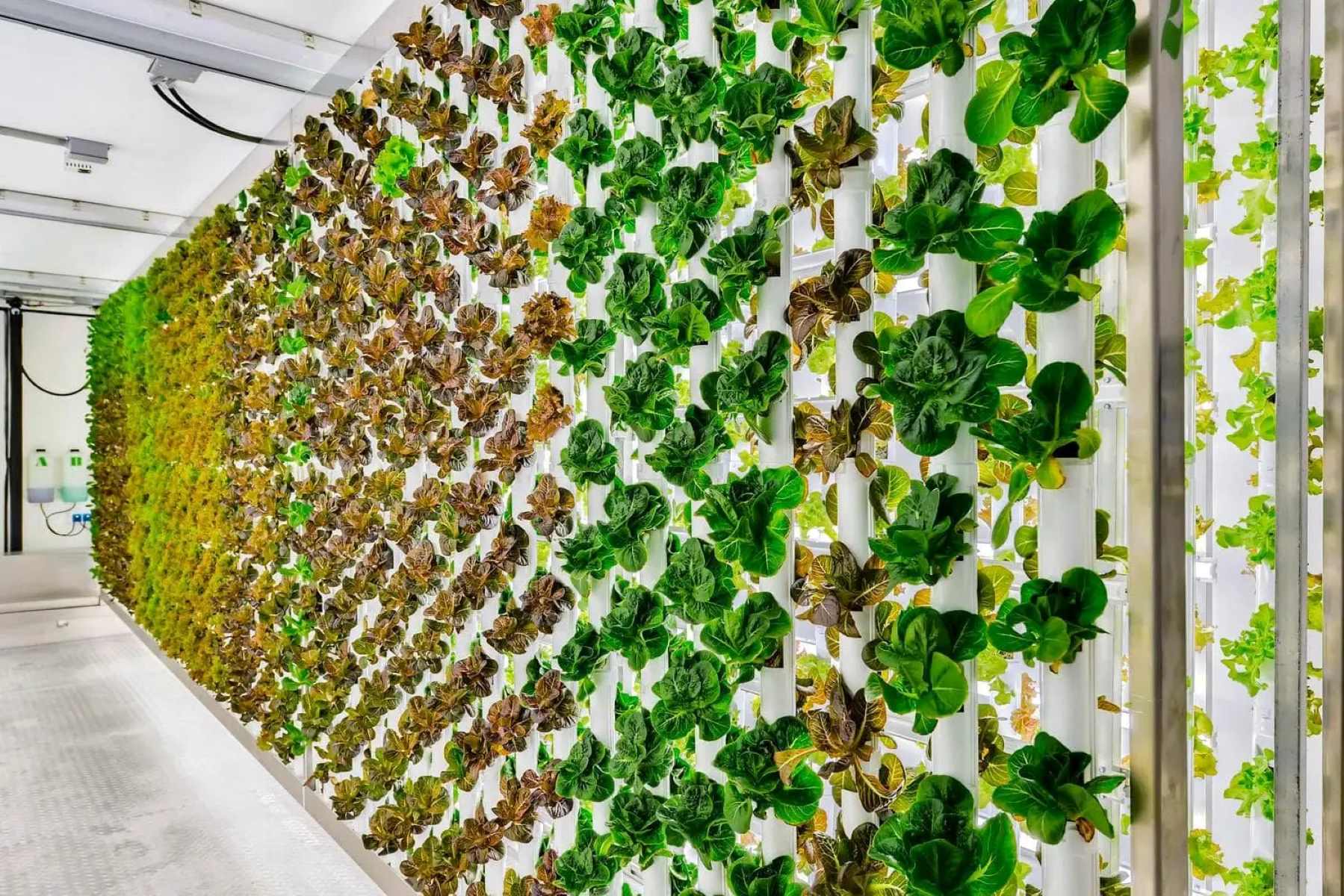
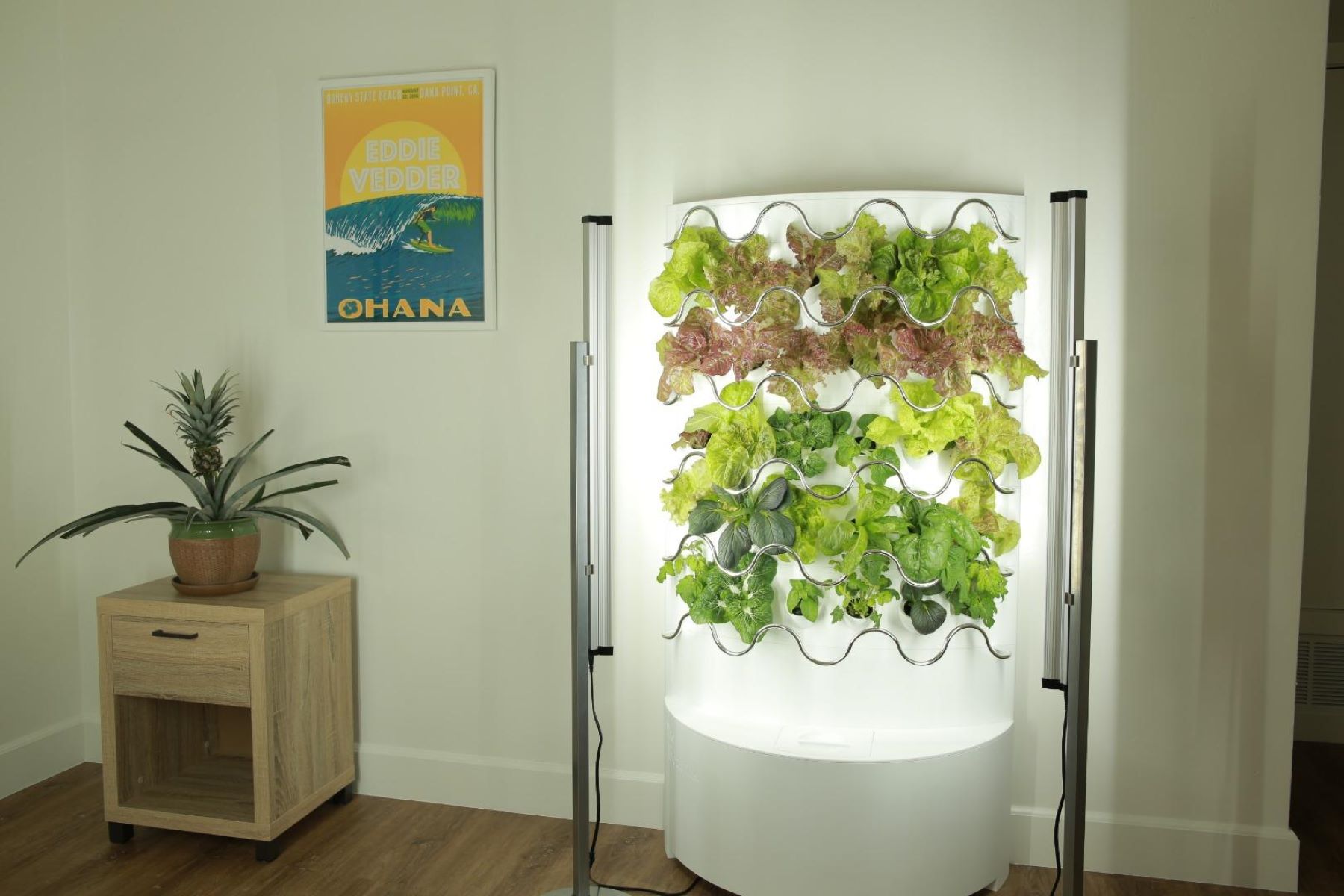
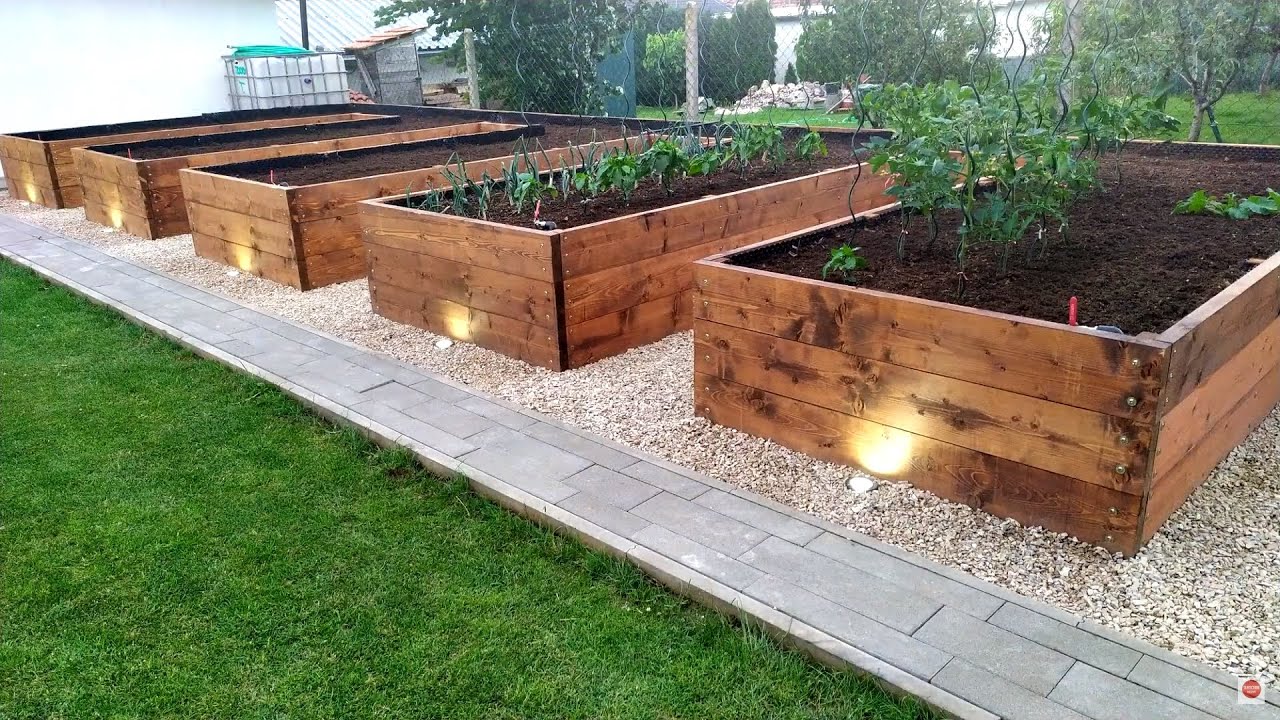
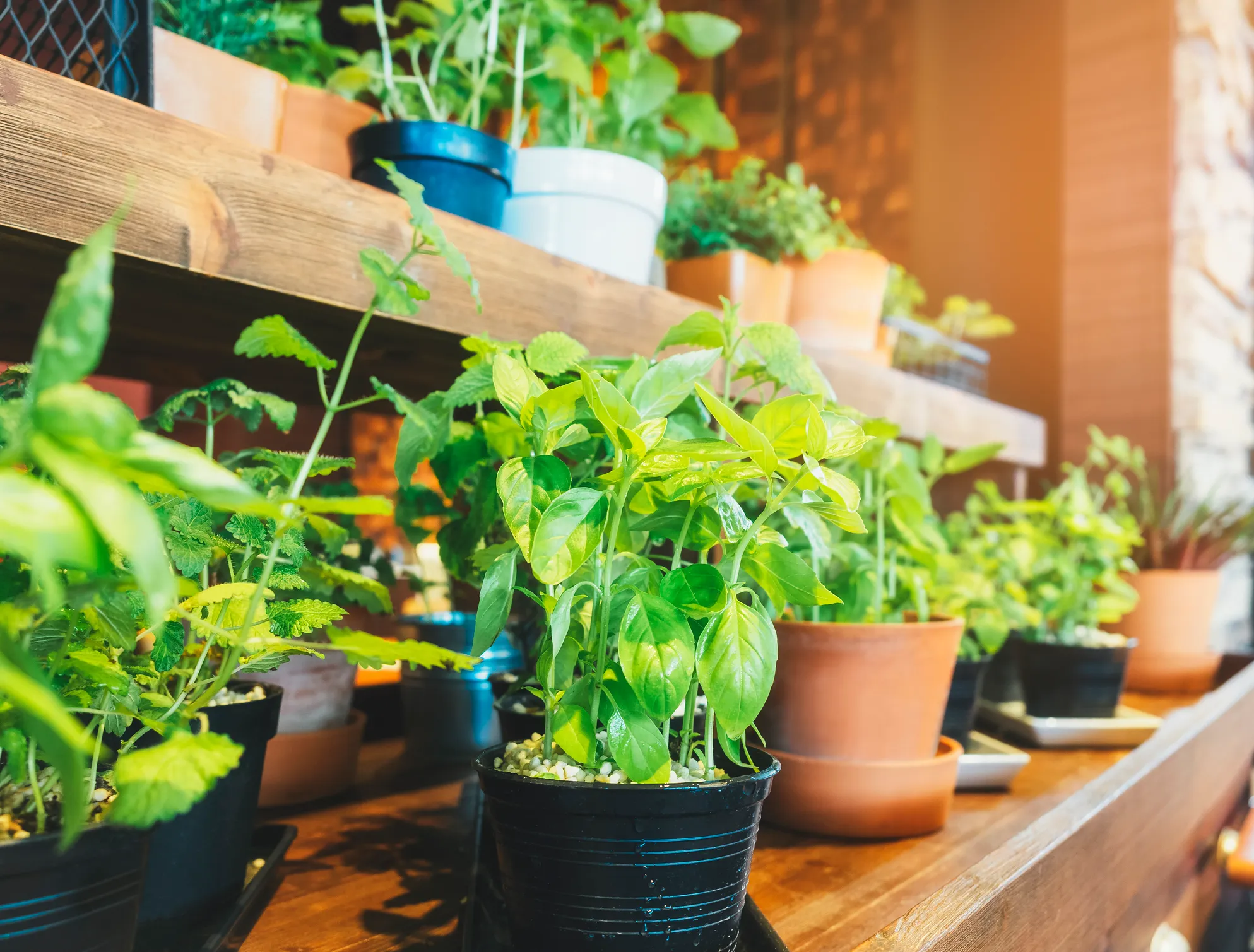
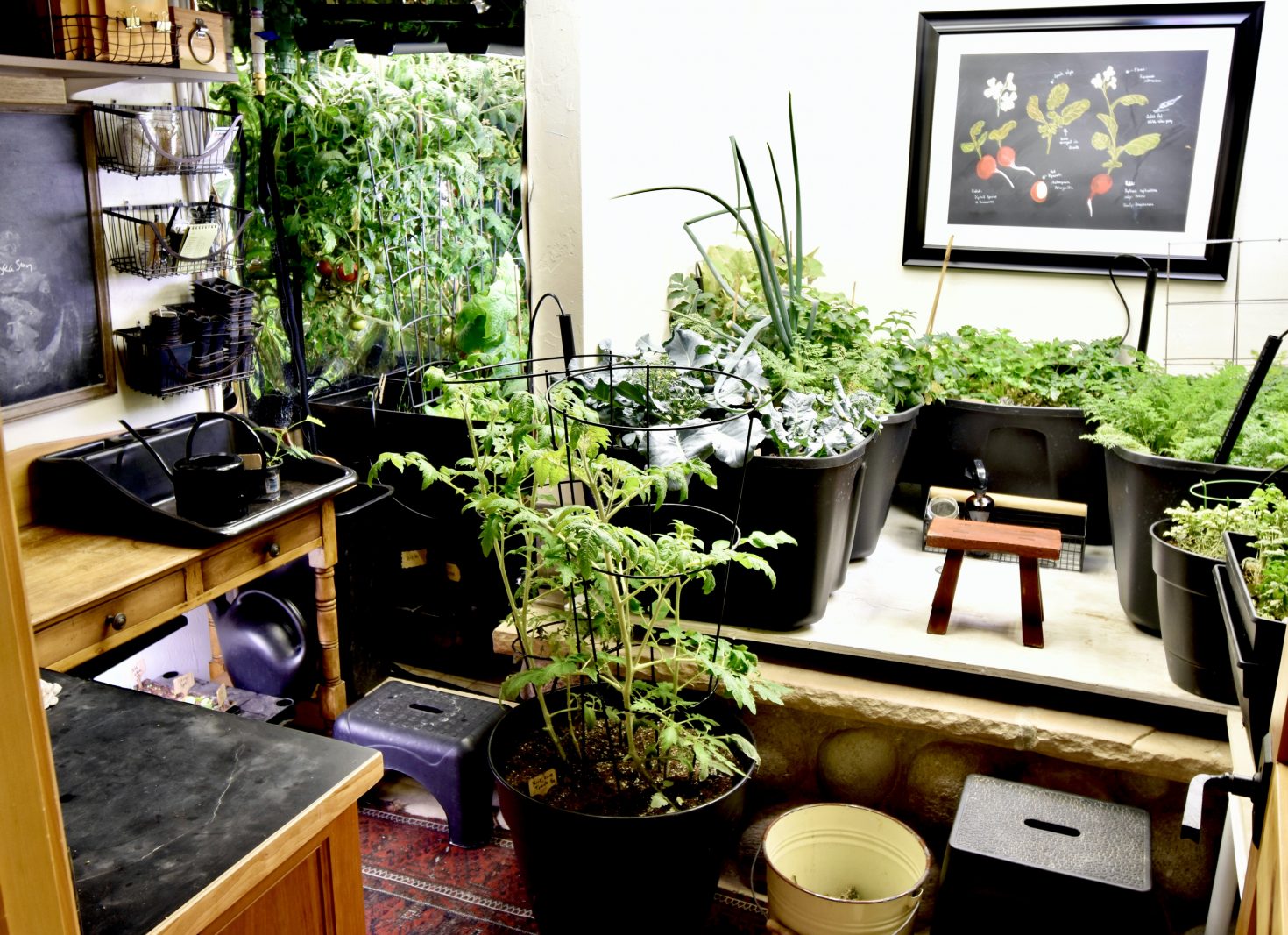
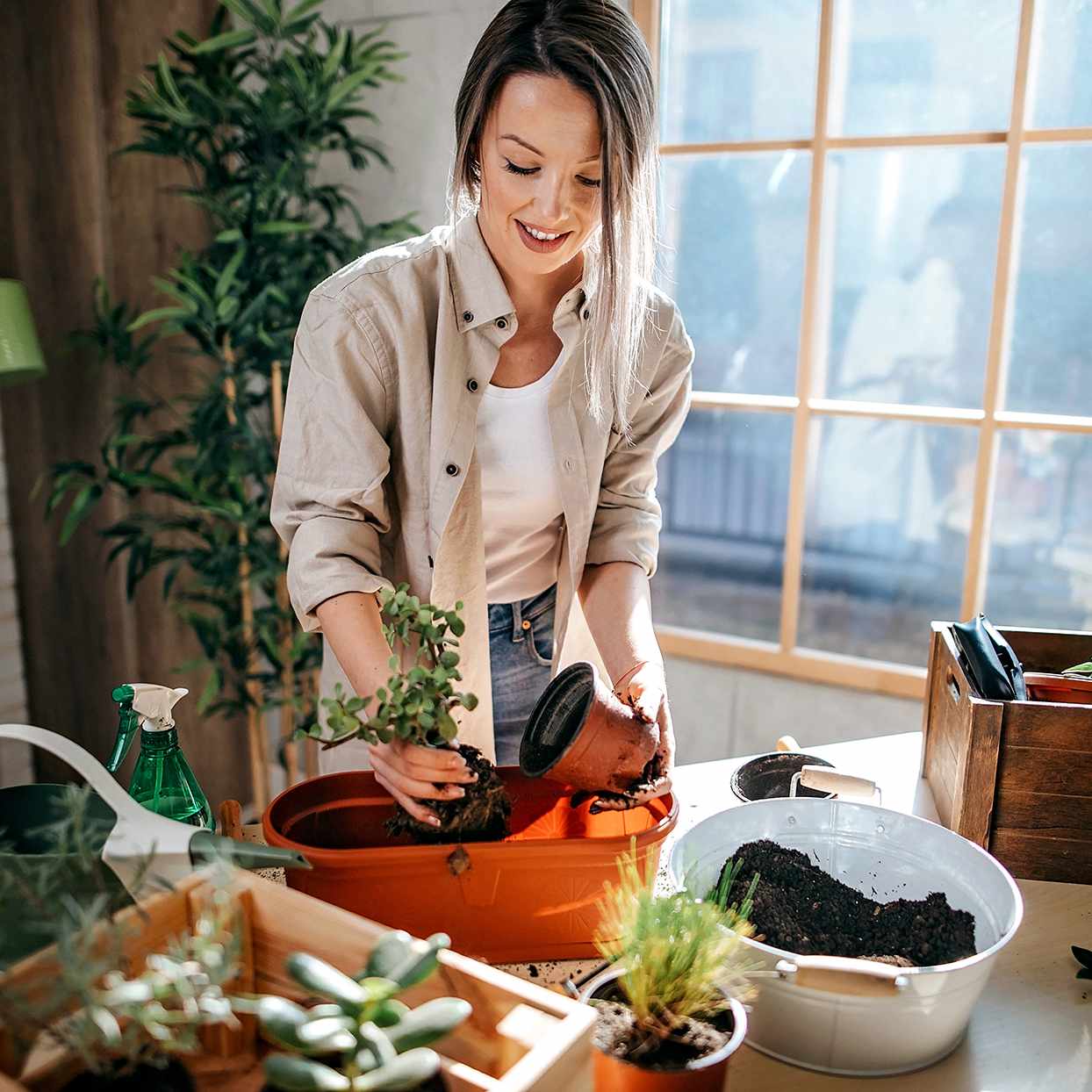
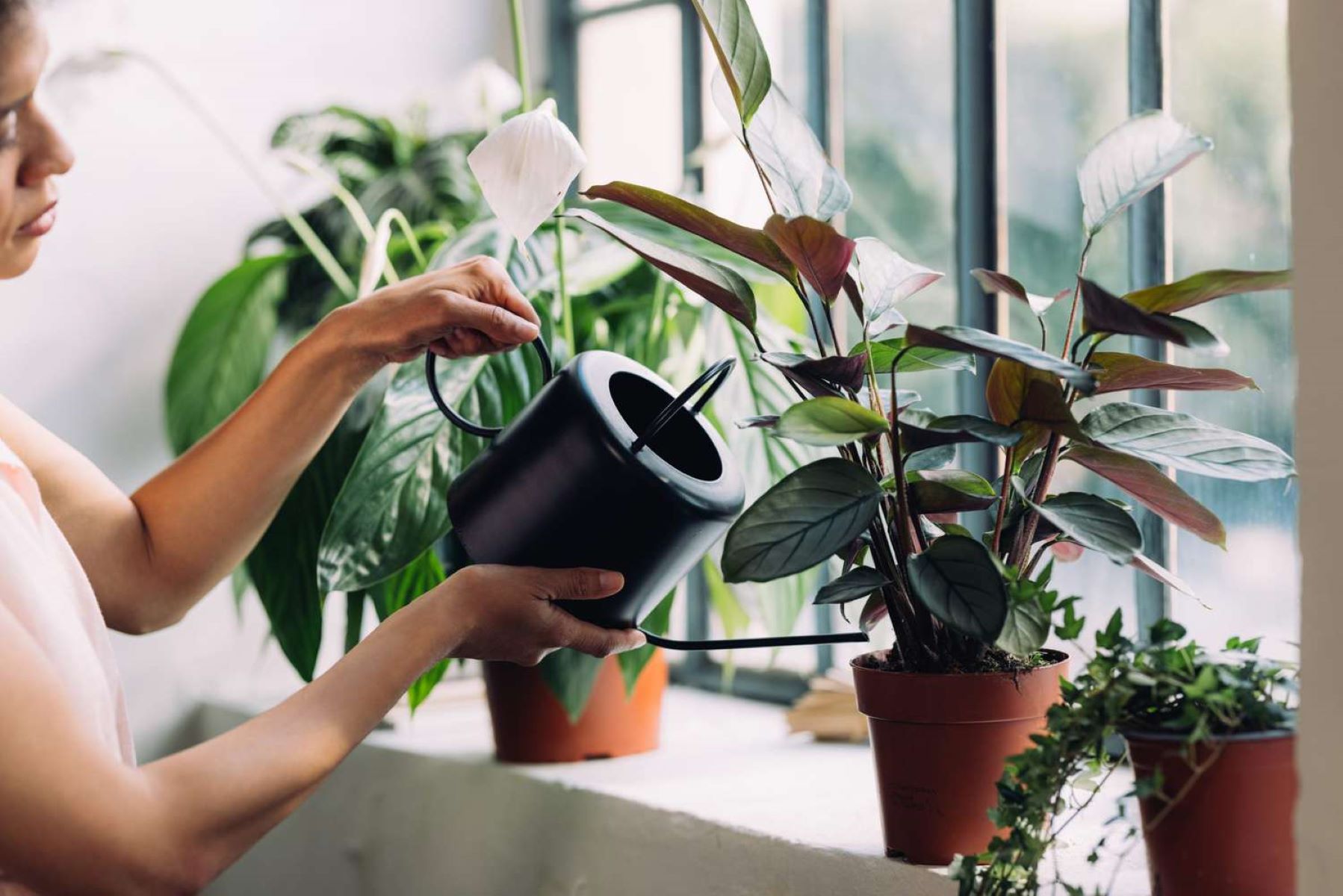
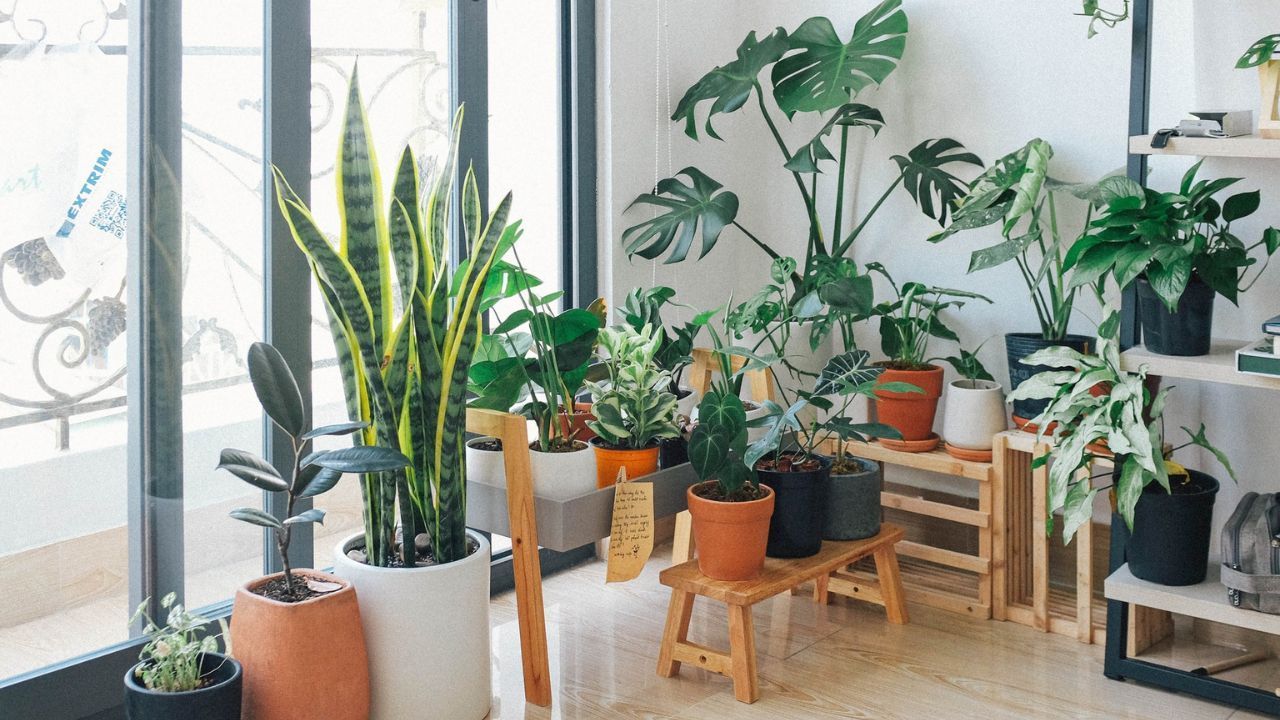
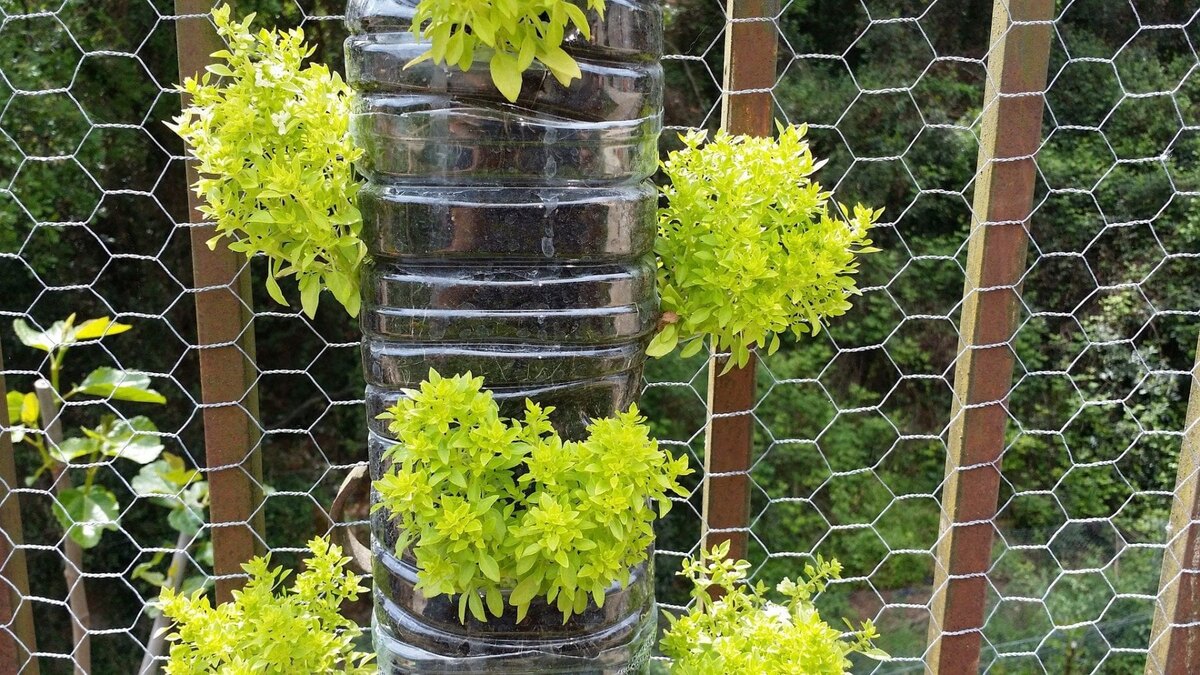
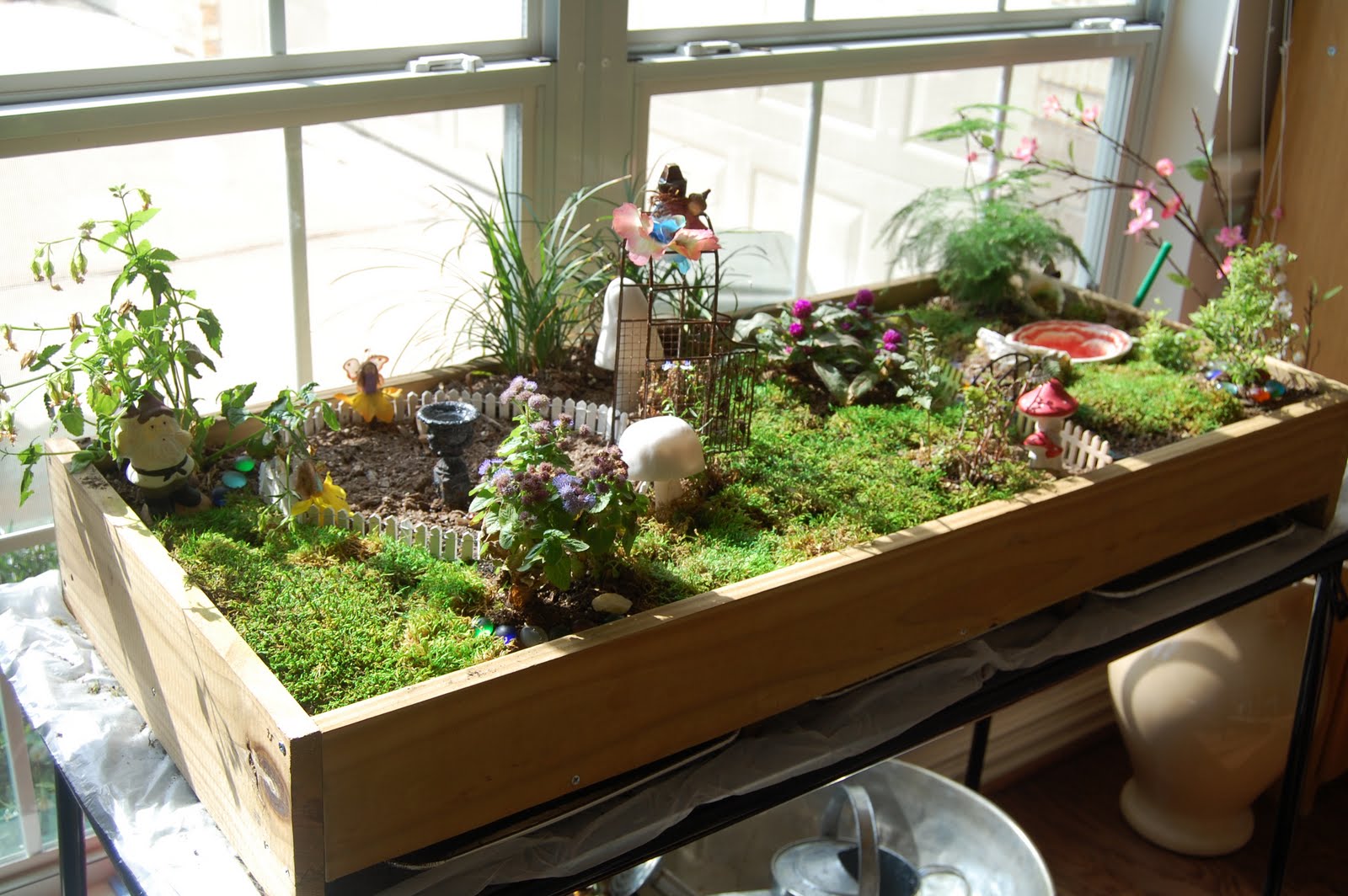
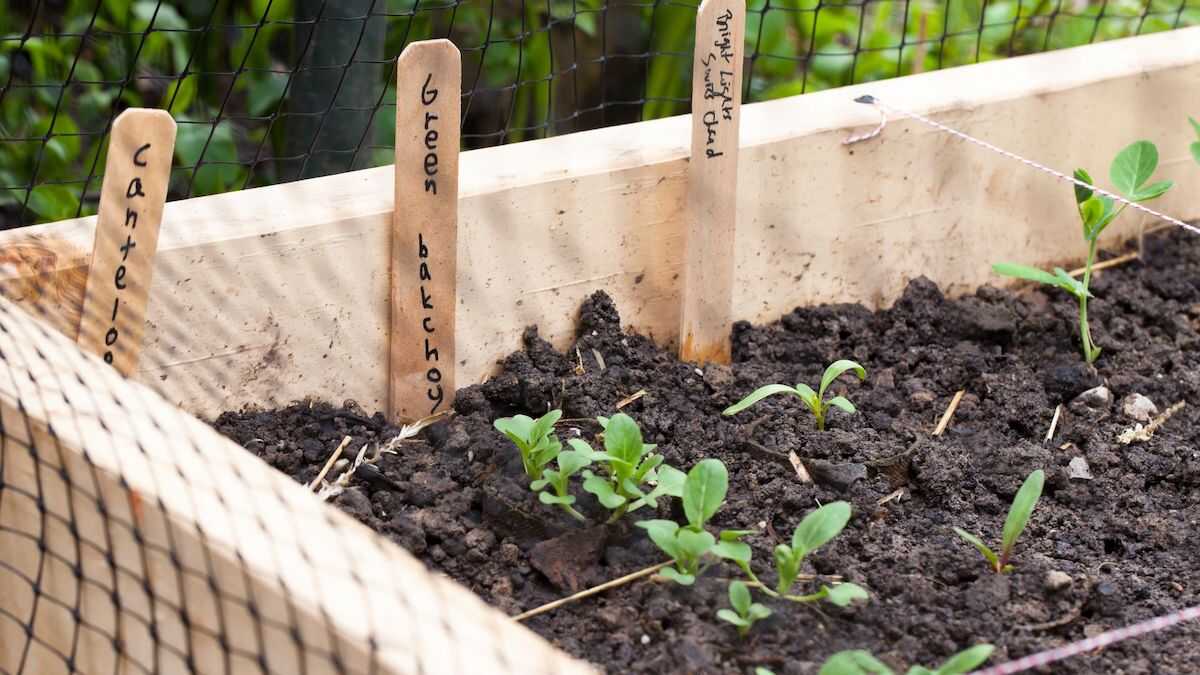
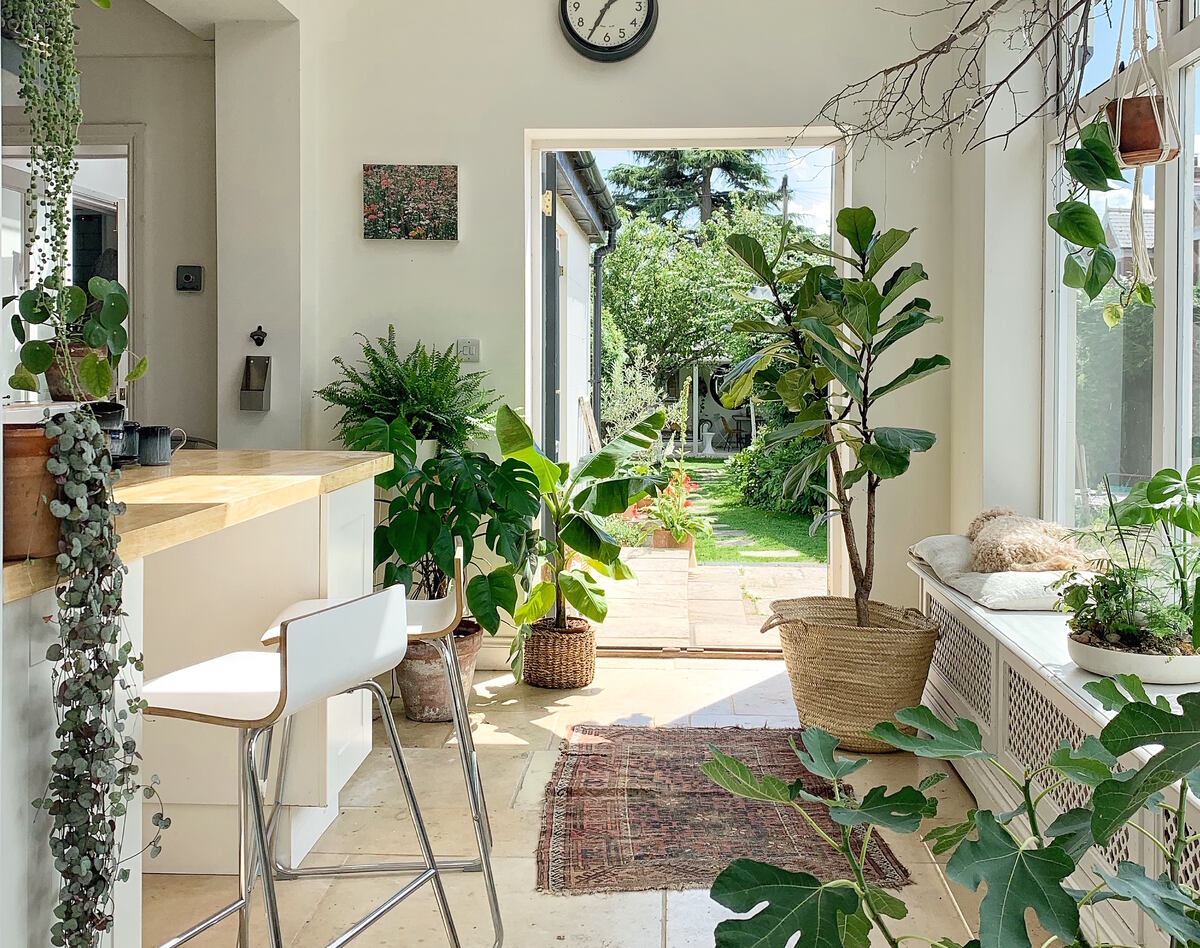
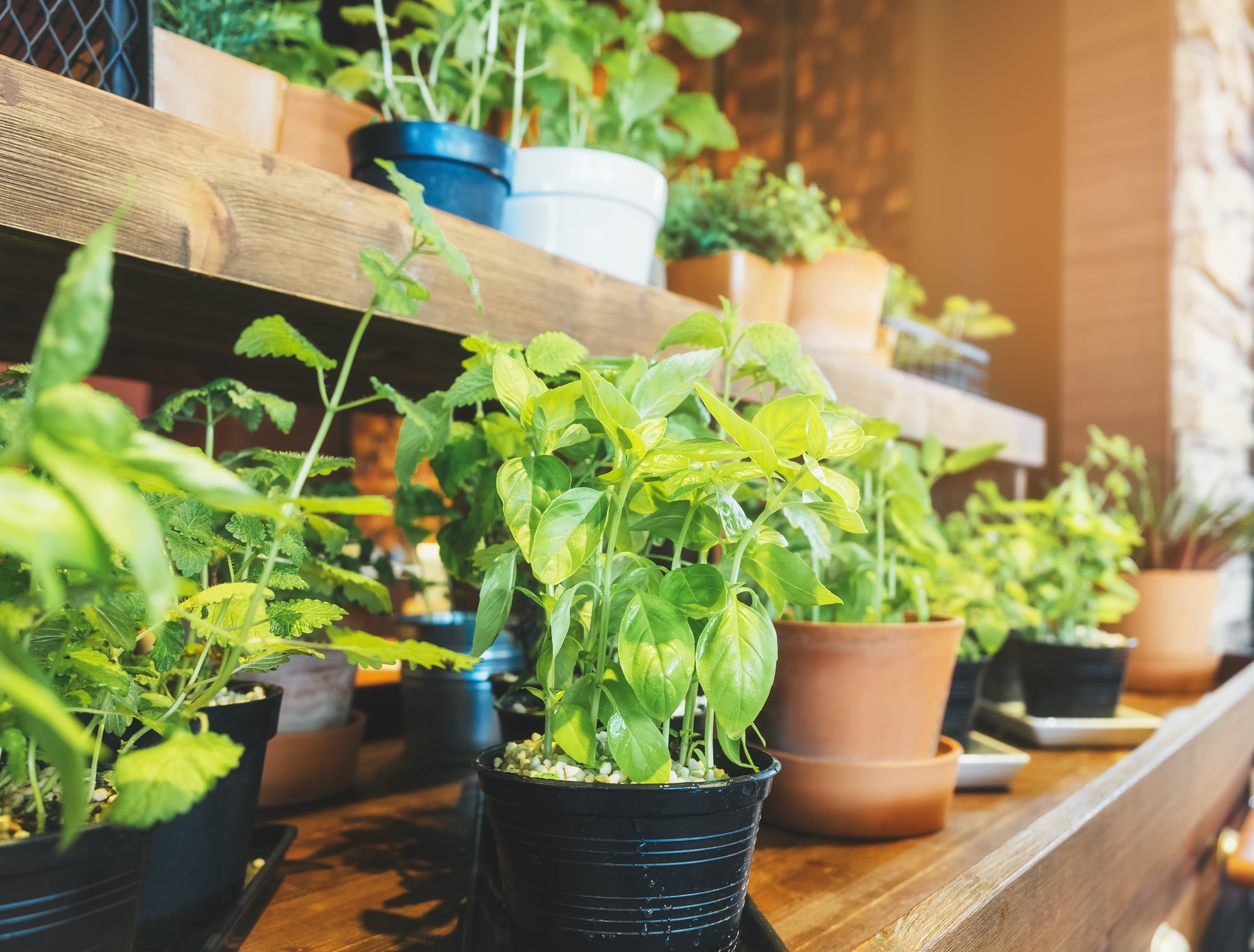
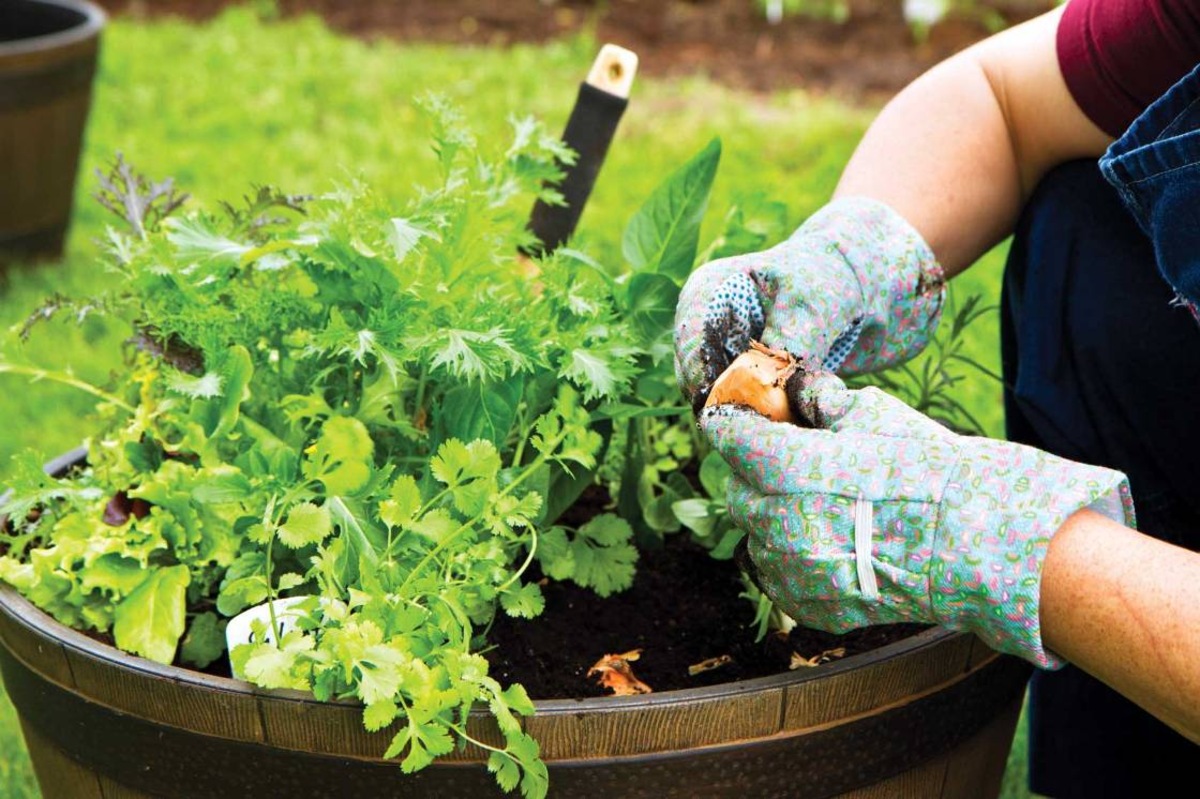

0 thoughts on “How To Create An Indoor Vertical Garden”